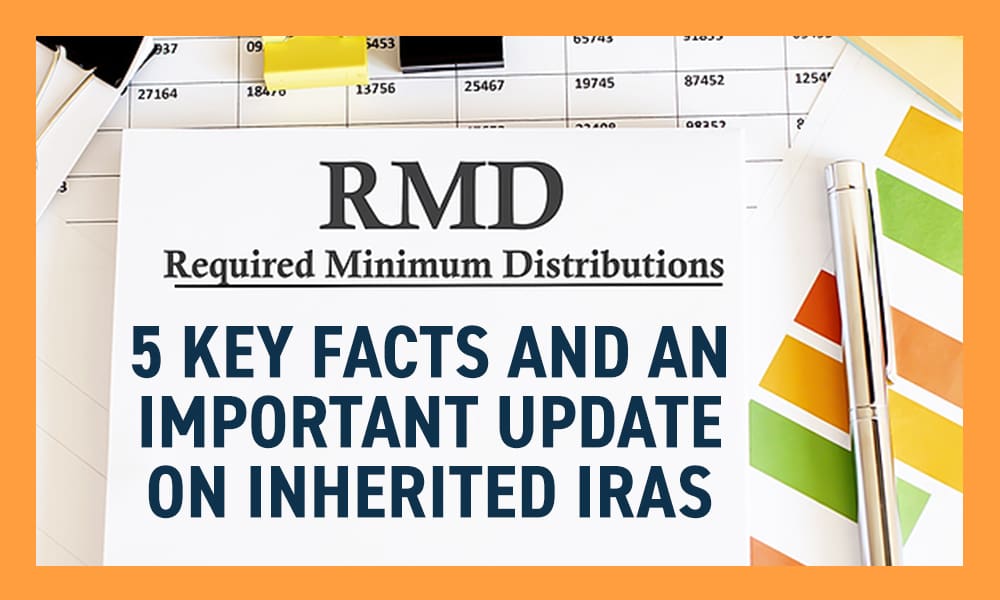Planning for retirement can feel like a big test. Understanding Required Minimum Distributions (RMDs) – mandatory withdrawals you must take from certain retirement accounts starting at a specific age – can often feel like an obstacle course.
Here are five things to know about RMDs:
#1 When to Start. The age at which RMDs begin depends on the current tax year. In 2024 and beyond, the starting age is 73. There’s a slight twist for the first RMD. You have until April 1 of the year after you turn 73 to take your first withdrawal. This is known as your “Required Beginning Date” (RBD). Subsequent RMDs must be withdrawn by December 31 of each year.
#2 What Accounts are Impacted? RMDs apply to most traditional retirement accounts where taxes are deferred on contributions. This includes:
- Traditional IRAs
- SEP IRAs
- Simple IRAs
- Rollover IRAs (from traditional accounts)
- Most employer-sponsored retirement plans, including 401(k)s
Roth IRAs, on the other hand, are funded with after-tax dollars, so RMDs don’t apply. However, beneficiaries of a Roth IRA are subject to the RMD rules.
#3 Calculating Your RMD. The IRS provides a formula to calculate your RMD. It considers two factors:
- Your account balance at the end of the prior year.
- Your life expectancy, based on an IRS table (determined by your age).
The higher your account balance and the older you are, the larger your RMD will be. There are online RMD calculators available, however, we’re here to help calculate based on your specific situation.
#4 The Importance of Taking Your RMD on Time. Missing your RMD deadline comes with a hefty penalty – a whopping 50% tax on the amount you should have withdrawn. It’s crucial to understand the deadlines and withdraw the required amount by the due date.
#5 Planning Strategies. While RMDs ensure you use your retirement savings, they can also push you into a higher tax bracket. Here are a few strategies to consider:
- If you have multiple retirement accounts, you may want to withdraw from the ones with the highest taxable amounts first.
- If you’re over 70 ½, you can donate up to $100,000 directly from your IRA to charity using a Qualified Charitable Distribution (QCD), which can reduce your taxable income.
- Converting some of your traditional IRA to a Roth IRA can help minimize future RMD tax burdens, though there may be tax implications during the conversion year.
We’re here to help!
When it comes to your retirement, remember you have a team in your corner. We’re here to help you navigate RMDs and develop strategies that aim to maximize your retirement income. Simply click reply to this email to get the conversation started.
![]()
Did You Know?
The IRS is waiving 2024 RMDs for IRA beneficiaries under the 10-year Rule. For the fourth consecutive year, the IRS is saying, “Don’t worry about taking your RMD.” This may seem like a relief but consider this: If you take your RMD in 2024, that income will be taxed at the current, lower rate. Delaying until after 2025 may mean potentially higher tax brackets and a larger tax bill.
The decision to take your RMD this year depends on your individual circumstances. Think about:
- Your current tax bracket. If you’re already in a low tax bracket, taking the RMD now could lock in a more favorable tax treatment.
- Your projected future tax bracket. If you expect to be in a lower tax bracket in the future, delaying the RMD could be advantageous.
- Your need for current income. If you rely on the RMD for living expenses, taking it now might be necessary.

